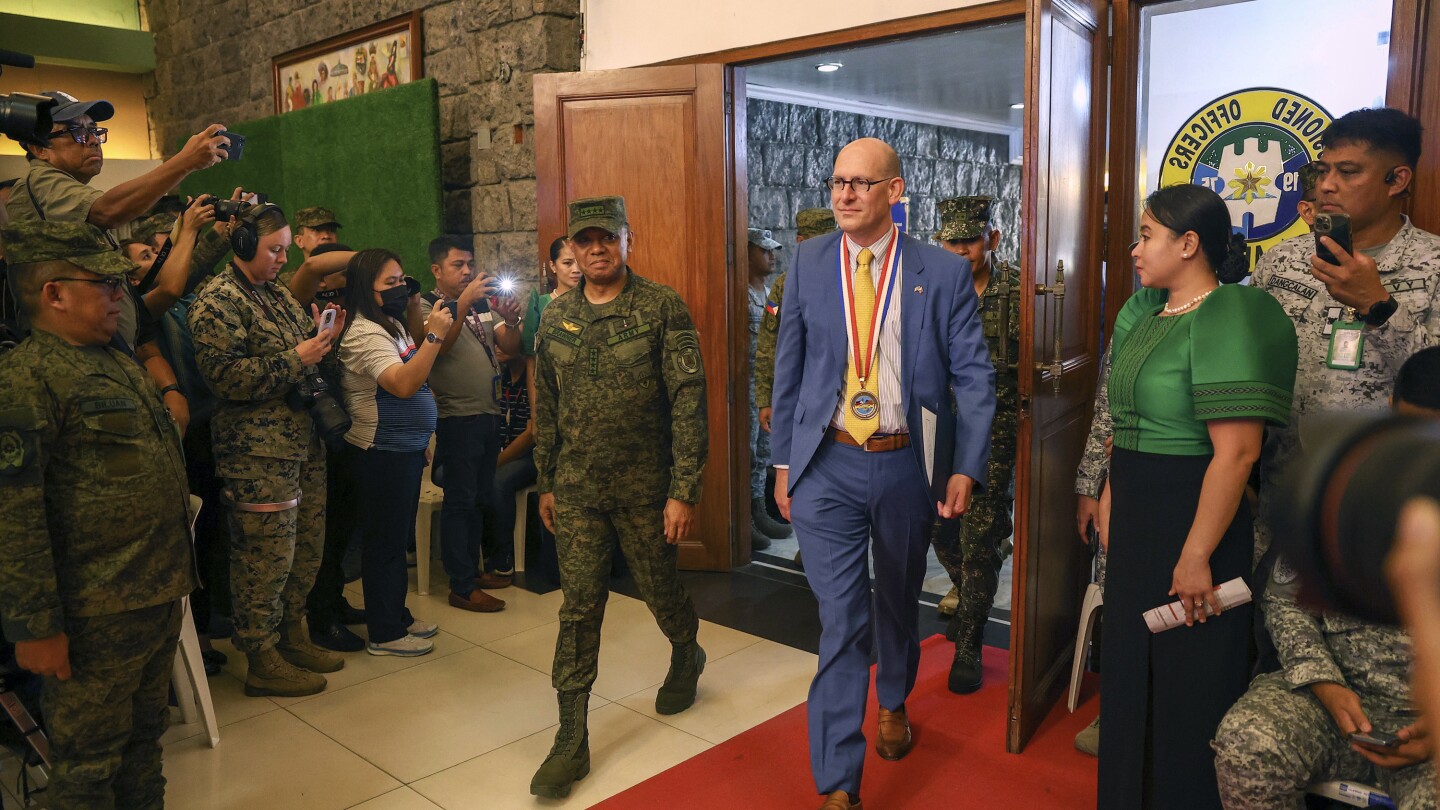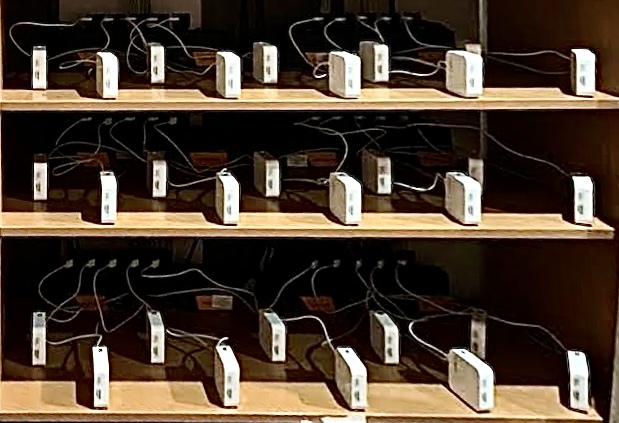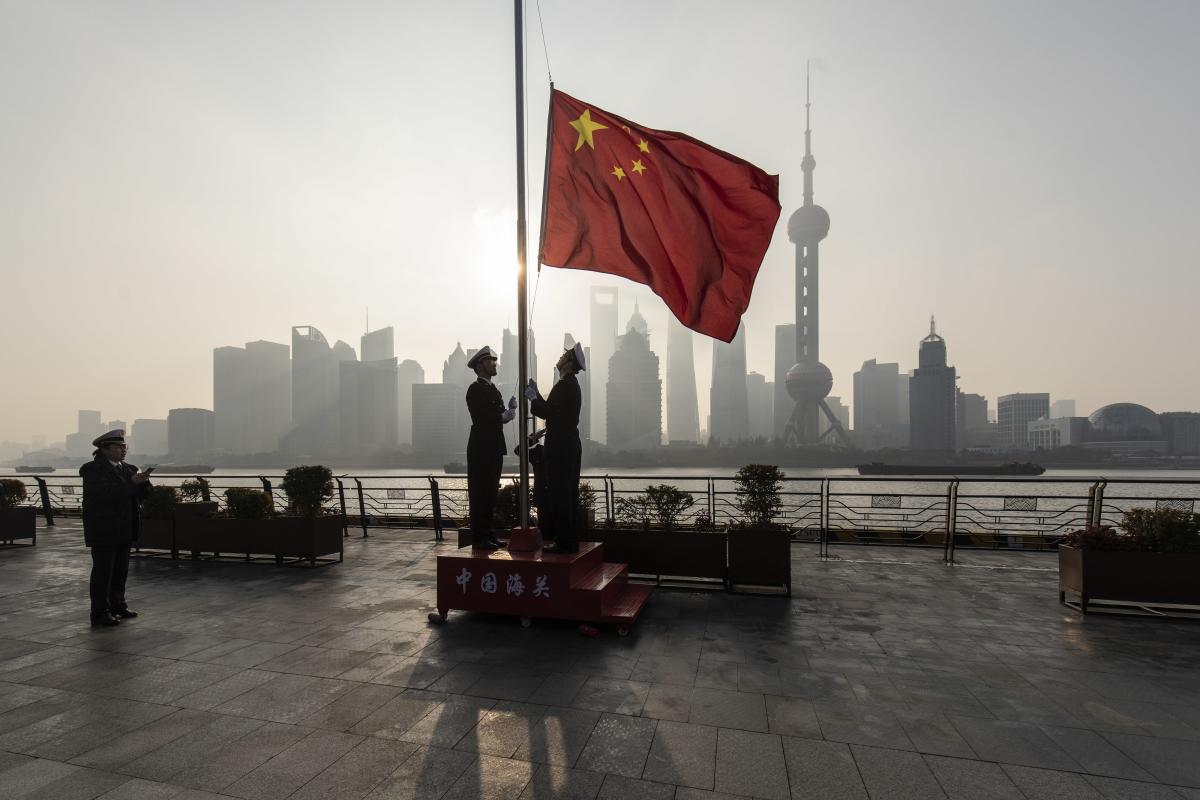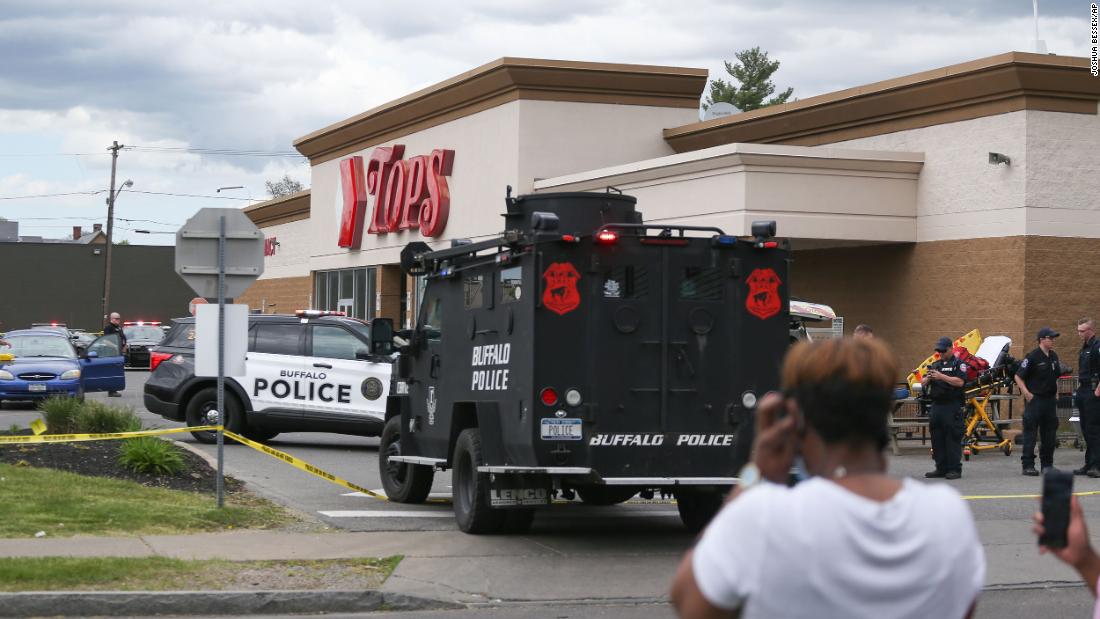

AI generated text about the difference between what happened in the previous years and what changed:
This year’s Philippines-US Balikatan military exercises saw some key changes compared to previous iterations:
-
Scale: This year’s Balikatan was the largest ever, with over 16,700 troops participating, exceeding the numbers from previous years [Xinhua].
-
Focus: The drills included a stronger emphasis on maritime exercises, with the Philippine Coast Guard participating for the first time [US, Philippines kick off annual joint military drills as tensions mount in South China Sea]. This suggests a focus on island defense and resupply scenarios.
-
Scenario: The exercises included a simulated island recapture in Palawan, close to the disputed Spratly Islands, which is a new development compared to past drills [AP News].
-
Regional Involvement: While the core remains US-Philippines, this year included observers from ASEAN nations like Vietnam and Thailand, indicating a broader regional approach to security [US, Philippines kick off annual joint military drills as tensions mount in South China Sea].






There is hope that people will stop dying in Ukraine.